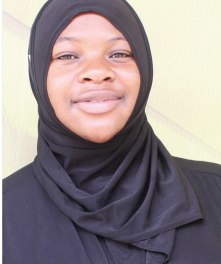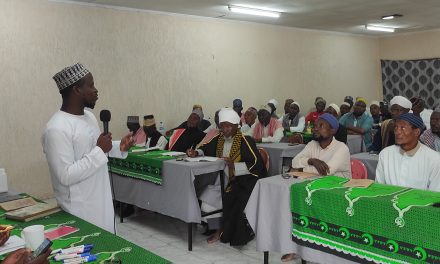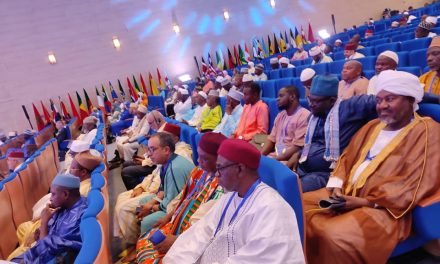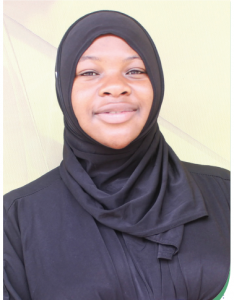
Musharakh and Mudarabah as modes of Financing – (Part ONE)
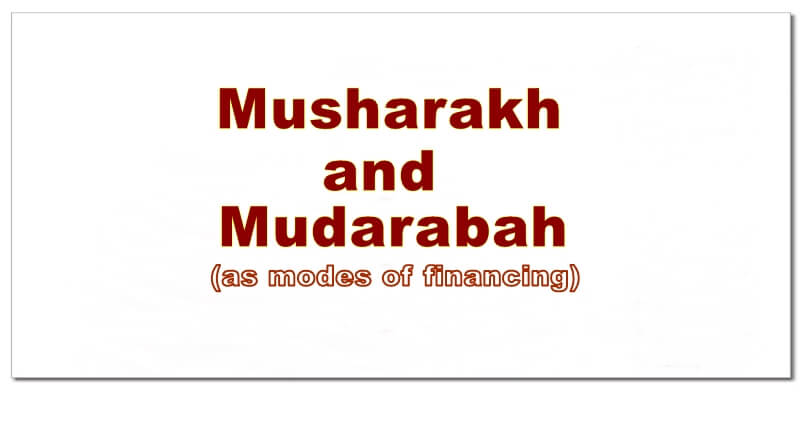
The concept of musharakah and mudarabah envisaged in the books of Islamic Fiqh generally presumes that these contracts are meant for initiating a joint venture whereby all the partners participate in the business right from it’s inception and continue to be partners upto the end of the business when all the assets are liquidated . One can hardly find in the traditional books of Islamic Fiqh the concept of a running business where partners join and leave the enterprise without affecting in any way the continuity of the business. Obviously, the classical books of Islamic Fiqh were written in an environment where the large scale commercial enterprises were not in vogue and the commercial activities were not so complex as they are today.
Therefore, they did not generally dwell upon the question of such a running business. However, it does not mean that the concept of musharakah and mudarabah cannot be used for financing a running business. The concept of musharakah and mudarabah is based on some basic principles.
As long as these principles are fully complied with, the details of their applications may vary from time to time. Let us have a look at these basic principles before entering the details:
1. Financingthroughmusharakah and mudarabah does never mean the advancing of money. It means to participation in the business and in the case ofmusharakah, sharing in the
assets of the business to the extent of the ratio of financing.
- An investor/financier must share the loss incurred by the business to the extent of his
- The partners are at liberty to determine, with mutual consent, the ratio of profit allocated to each one of them, which may differ from the ratio of However, the partner who has expressly excluded himself from the responsibility of work for the business cannot claim more than the ratio of his investment.
- The loss suffered by each partner must be exactly in the proportion of his investment.
Keeping these broad principles in view, we proceed to see how musharakah and mudarabah can be used in different sectors of financing: Project Financing:
In the case of project financing, the traditional method of musharakah or mudarabah can be easily adopted. If the financier wants to finance the whole project, the form of mudarabah can come into operation. If investment comes from both sides, the form of musharakah can be adopted.
In this case, if the management is the sole responsibility of one party, while the investment comes from both, a combination of musharakah and mudarabah can be brought into play according to the rules already discussed. Since musharakah or mudarabah would have been effected from the very inception of the project, no problem with regard to the valuation of capital should rise. Similarly, the distribution of profits according to the normal accounting standards should not be difficult. However, if the financier wants to withdraw from the musharakah, while the other party wants to continue the business, the latter can purchase the share of the former at an agreed price.
In this way the financier may get back the amount he has invested along with a profit, if the business has earned a profit. The basis for determining the price of his share shall be discussed in detail later on (while discussing the financing of the working capital).
On the other hand, the businessman can continue with his project, either on his own or by selling the first financier’s share to some other person who can substitute the financier.
Since financial institutions do not normally want to remain partner of a specific project for good, they can sell their share to other partners of the project as aforesaid. If the sale of the share on one time basis is not feasible for the lack of liquidity in the project, the share of the financier can be divided into smaller units and each unit can be sold after a suitable interval.
Whenever a unit is sold, the share of the financier in the project is reduced to that extent, and when all the units are sold the financier comes out of the project totally. Securitization of Musharakah: Musharakah is a mode of financing which can be securitized easily, especially in the case of big projects where huge amounts are required which a limited number of people cannot afford to subscribe. Every subscriber can be given a musharakah certificate which represents his proportionate ownership in the assets of the musharakah, and after the project is started by acquiring substantial non-liquid assets, these musharakah certificates can be treated as negotiable instruments and can be bought and sold in the secondary market. However, trading in these certificates is not allowed when all the assets of the musharakah are still in liquid form (i.e., in the shape of cash or receivables or advances due from others). For proper understanding of this point, it must be noted that subscribing to a musharakah is different from advancing a loan.
A bond issued to evidence a loan has nothing to do with the actual business undertaken with the borrowed money. The bond stands for a loan repayable to the holder in any case, and mostly with interest. The musharakah certificate, on the contrary, represents the direct pro rata ownership of the holder in the assets of the project. If all the assets of the joint project are in liquid form, the certificate will represent a certain proportion of money owned by the project. For example, one hundred certificates, having a value of Rs. one million each, have been issued. It means that the total worth of the project is Rs. 100 million.
If nothing has been purchased by this money, every certificate will represent Rs. one million. In this case, this certificate cannot be sold in the market except at par value, because if one certificate is sold for more than Rs. one million, it will mean that Rs. one million are being sold in exchange for more than Rs. one million, which is not allowed in Shar’iah, because where money is exchanged for money, both must be equal. Any excess at their side is riba. However, when the subscribed money is employed in purchasing non-liquid assets like land, building, machinery, raw material, furniture etc. the musharakah certificates will represent the holders’ proportionate ownership in these assets.
Thus, in the above example, one certificate will stand for one hundred share in these assets. In this case it will be allowed by the Shari’iah to sell these certificates in the secondary market for any price agreed upon in between the parties which may be more than the fact value of the certificate, because the subject matter of the sale is a share in the tangible assets and not in the money only, therefore the certificate may be taken as any other commodities which may be sold with a profit or at a loss. In most cases, the assets of the project are a mixture of liquid and non-liquid assets.
This comes to happen when the working partner has converted a part of the subscribed money into fixed assets or raw material, while rest of the money is still liquid. Or, the project, after converting all it’s money into non-liquid assets may have sold some of them and has acquired their sale proceeds in the form of money. In some cases the price of it’s sales may have become due on it’s customers but may have not yet been received. These receivable amounts, being a debt, are also treated as liquid money.

